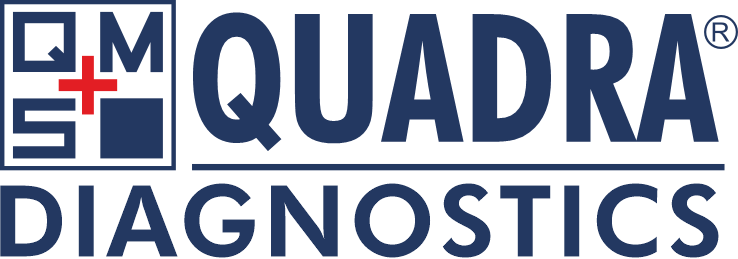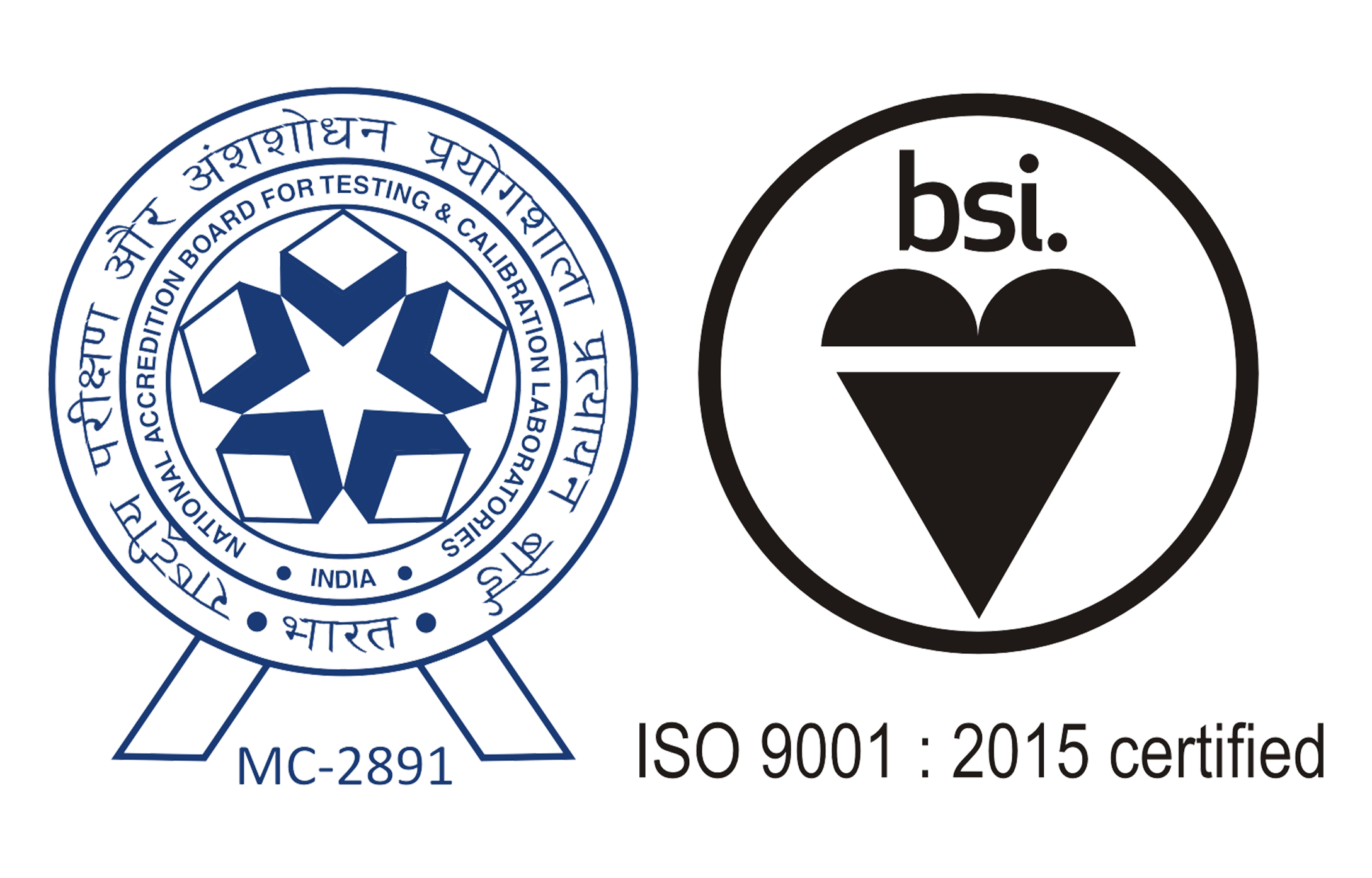STRESS ECG (TMT)
Patients with coronary artery blockages may have minimal symptoms and an unremarkable or unchanged ECG while at rest. However, symptoms and signs of heart disease may become unmasked by exposing the heart to the stress of exercise. During exercise, healthy coronary arteries dilate (develop a more open channel) than an artery that has a blockage. This unequal dilation causes more blood to be delivered to heart muscle supplied by the normal artery. In contrast, narrowed arteries end up supplying reduced flow to its area of distribution. This reduced flow causes the involved muscle to “starve” during exercise. The “starvation” may produce symptoms (like chest discomfort or inappropriate shortness of breath), and the ECG may produce characteristic abnormalities. Most commonly, a motorized treadmill is used for exercise.


